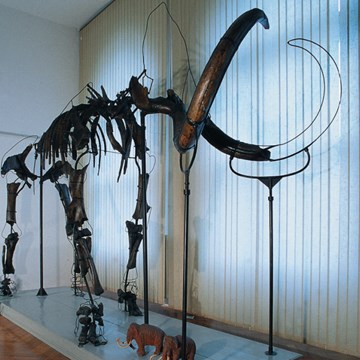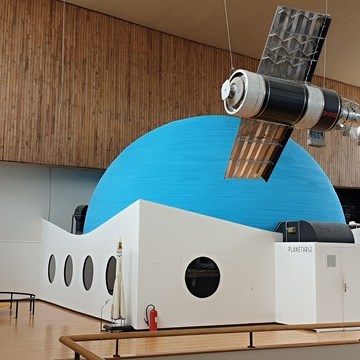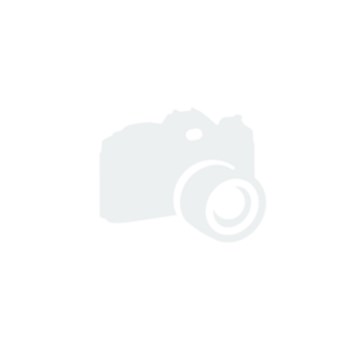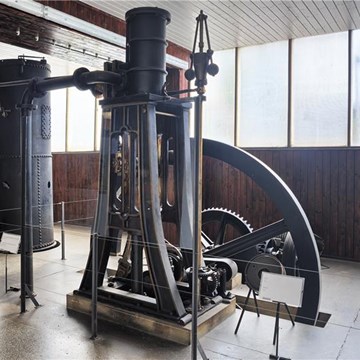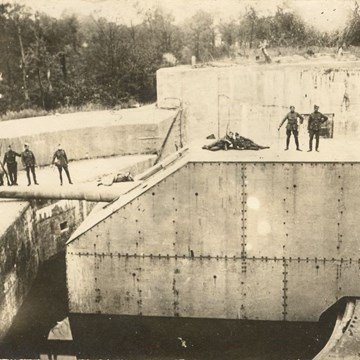Imperial War Museum London
The Imperial War Museum is a British national museum organisation with branches at five locations in England, three of which are in London. The museum was founded during the First World War in 1917 and intended as a record of the war effort and sacrifice of Britain and her Empire. Today the museum gives its mission as "to enable people to have an informed understanding of modern war and its impact on individuals and society".
Originally housed in the Crystal Palace at Sydenham Hill, the museum opened to the public in 1920. In 1924 the museum moved to space in the Imperial Institute in South Kensington, and finally in 1936 the museum acquired a permanent home which was previously the Bethlem Royal Hospital in Southwark. The outbreak of the Second World War saw the museum expand both its collections and its terms of reference, but the post-war period saw the museum enter a period of decline. The 1960s saw the museum redevelop its Southwark building, now referred to as Imperial War Museum London, and which serves as the organisation's corporate headquarters. During the 1970s the museum began to expand onto other sites. The first, in 1976, was a historic airfield in Cambridgeshire now referred to as Imperial War Museum Duxford. In 1978 the Royal Navy cruiser HMS Belfast became a branch of the museum, having previously been preserved for the nation by a private trust. In 1984 the Cabinet War Rooms, an underground wartime command centre, was opened to the public. From the 1980s onwards the museum's Bethlem building underwent a series of multimillion-pound redevelopments, completed in 2000. Finally, 2002 saw the opening of Imperial War Museum North in Trafford, Greater Manchester, the fifth branch of the museum and the first in the north of England.
The museum's collections include archives of personal and official documents, photographs, film and video material, and oral history recordings; an extensive library, a large art collection, and examples of military vehicles and aircraft, equipment and other artefacts.
The museum is funded by government grants, charitable donations and revenue generation through commercial activity such as retailing, licensing, and publishing. Admission is free to Imperial War Museum London and Imperial War Museum North, but an admission fee is levied at the other branches. The museum is an exempt charity under the Charities Act 1993 and a non-departmental public body under the Department for Culture, Media and Sport. The current Chairman of the Trustees is Air Chief Marshal Sir Peter Squire. Since October 2008, the museum's Director General has been Diane Lees.
The Imperial War Museum's original collections date back to the material amassed by the National War Museum Committee. The present departmental organisation came into being during the 1960s as part of Frankland's reorganisation of the museum. The 1970s saw oral history gain increasing prominence and in 1972 the museum created the Department of Sound Records (now the Sound Archive) to record interviews with individuals who had experienced the First World War. Since the opening of the Holocaust and Crimes against Humanity exhibitions, a collecting department has been established to support them. The museum maintains an online database of its collections named Collections Online.
Text source: http://en.wikipedia.org/wiki/Imperial_War_Museum
Photo source: http://commons.wikimedia.org/wiki/File:The_Imperial_war_museum.jpg
Other venues
Exhibitions and events
We don't have anything to show you here.
Educational programs
We don't have anything to show you here.
Collections
We don't have anything to show you here.




